For Academic Institutions, Silence is Golden
Sensible Medicine
AUGUST 4, 2024
Editors note: a shortened version of this post was originally submitted to the New England Journal, but it was rejected. Refusing to host debates is why journals will die. By Joseph Marine, MD In a recent NEJM Perspective piece , Drs. Mullen, Topol, and Verghese argue “in support of institutional voices” to take public positions on matters of public controversy “when it concludes that a faculty member’s opinion could cause public harm.” Their essay (ironically publi

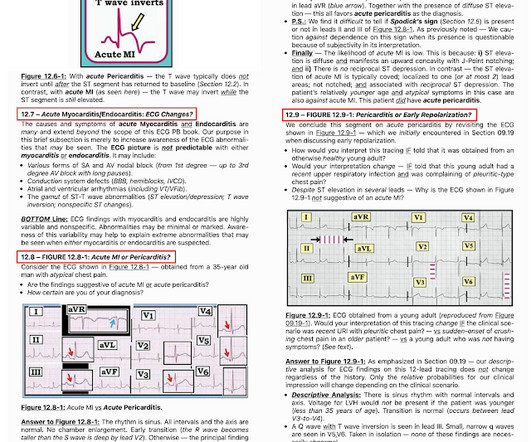
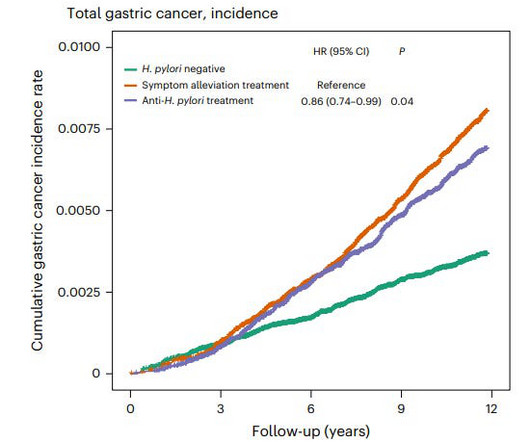


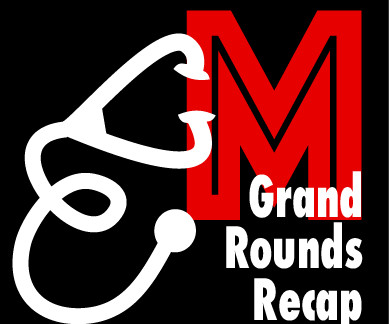

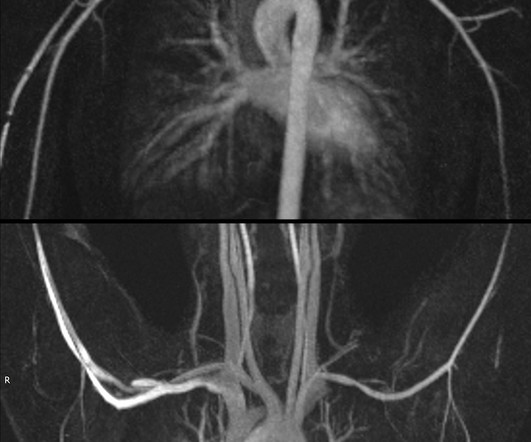

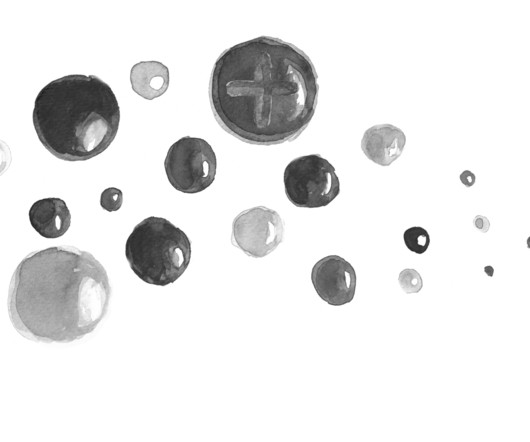






Let's personalize your content